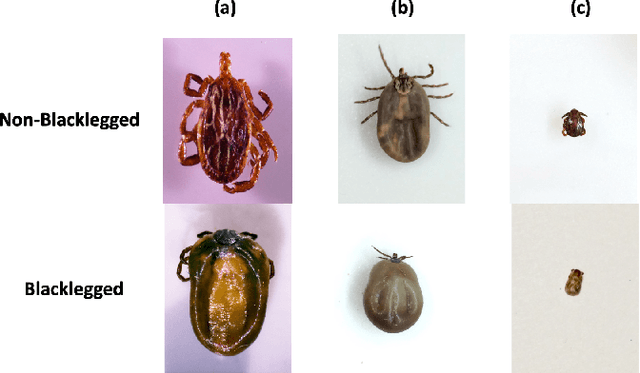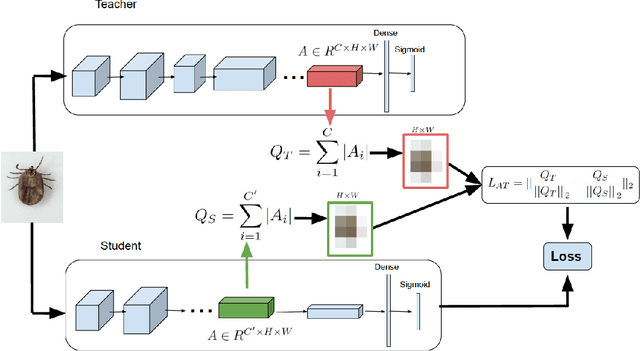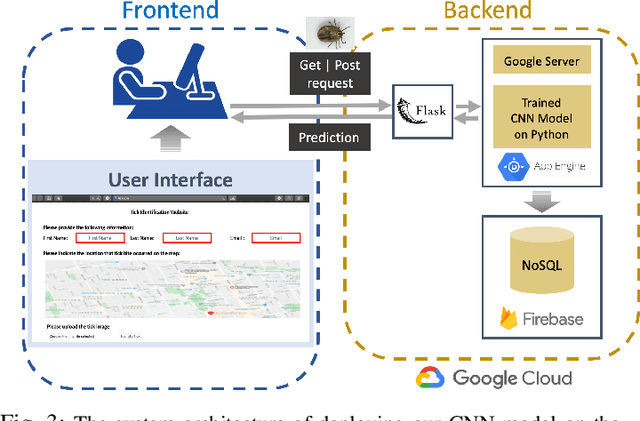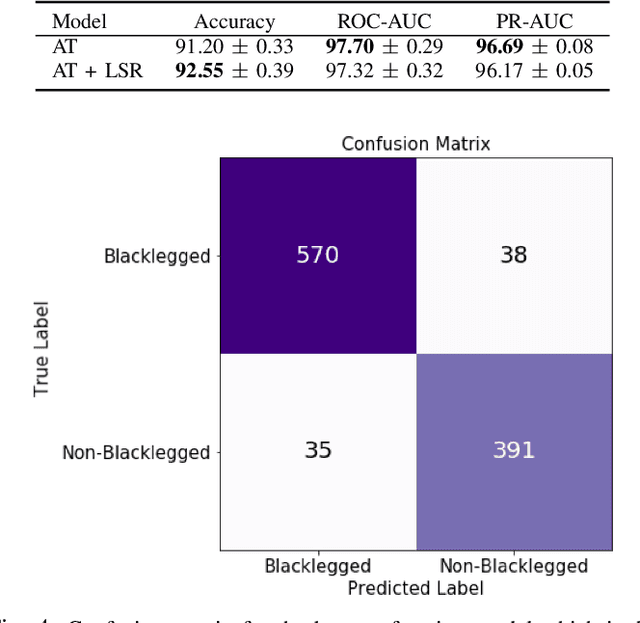A Computer Vision Approach to Combat Lyme Disease
Paper and Code
Sep 24, 2020



Lyme disease is an infectious disease transmitted to humans by a bite from an infected Ixodes species (blacklegged ticks). It is one of the fastest growing vector-borne illness in North America and is expanding its geographic footprint. Lyme disease treatment is time-sensitive, and can be cured by administering an antibiotic (prophylaxis) to the patient within 72 hours after a tick bite by the Ixodes species. However, the laboratory-based identification of each tick that might carry the bacteria is time-consuming and labour intensive and cannot meet the maximum turn-around-time of 72 hours for an effective treatment. Early identification of blacklegged ticks using computer vision technologies is a potential solution in promptly identifying a tick and administering prophylaxis within a crucial window period. In this work, we build an automated detection tool that can differentiate blacklegged ticks from other ticks species using advanced deep learning and computer vision approaches. We demonstrate the classification of tick species using Convolution Neural Network (CNN) models, trained end-to-end from tick images directly. Advanced knowledge transfer techniques within teacher-student learning frameworks are adopted to improve the performance of classification of tick species. Our best CNN model achieves 92% accuracy on test set. The tool can be integrated with the geography of exposure to determine the risk of Lyme disease infection and need for prophylaxis treatment.
 Add to Chrome
Add to Chrome Add to Firefox
Add to Firefox Add to Edge
Add to Edge